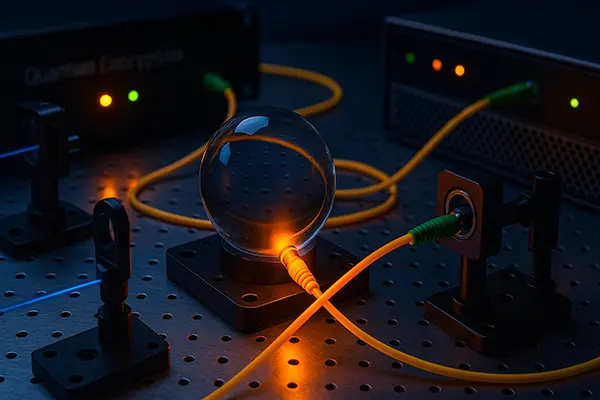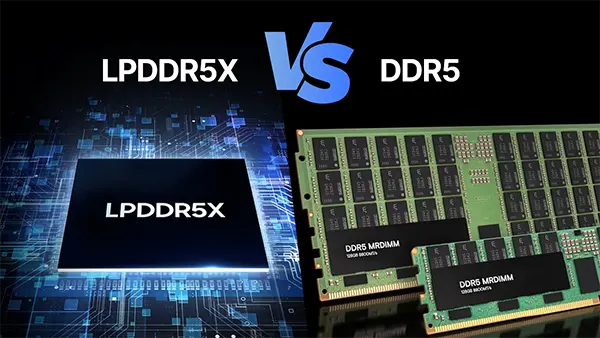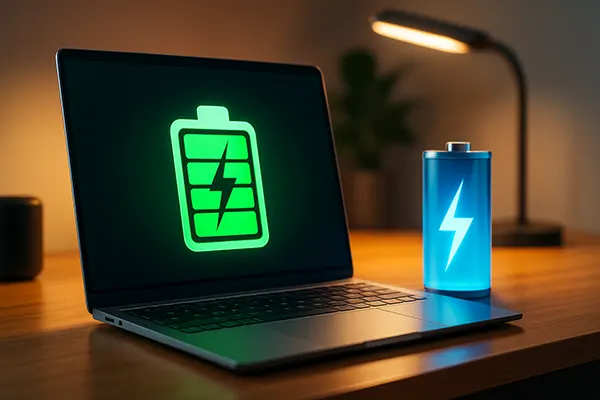
Quantum Encryption in Practice: QKD Networks and the TLS Market
Quantum encryption is no longer a futuristic concept reserved for academic institutions or government labs. As quantum computing continues to develop, the need for secure, tamper-proof communication has become increasingly urgent — especially for businesses reliant on sensitive data. Quantum Key Distribution (QKD) offers a path forward. With practical implementations and real-world adoption on the rise, understanding QKD’s integration with TLS protocols, its cost and compatibility, and its feasibility for small businesses is crucial in 2025.
Accessible QKD Solutions for Small and Medium Enterprises
Until recently, QKD systems were seen as prohibitively expensive and technically complex for smaller businesses. Today, however, a growing ecosystem of start-ups and established security vendors are offering plug-and-play QKD kits tailored for SMEs. These systems typically feature fibre-based quantum channels and use ready-to-install hardware that connects directly to existing network infrastructure.
One example is the ID Quantique Cerberis XG, which now comes in a scaled-down version suitable for internal networks or secure inter-office links. Companies no longer need an internal quantum physicist to maintain such systems; vendor support and simplified interfaces make integration manageable even with limited IT staff.
Furthermore, governments in countries like Germany, Japan, and South Korea have introduced subsidies or tax incentives for quantum-ready upgrades. This makes QKD adoption more financially feasible for SMEs in critical sectors like fintech, legal services, and IP-heavy startups.
Key Use Cases: SMEs That Have Embraced QKD
Several smaller companies are already integrating QKD into their operational models. A Berlin-based water utility company, for instance, adopted QKD to secure data transmissions between regional control centres and treatment facilities. By using a hybrid QKD-TLS system, they’ve significantly reduced the risk of data interception during routine SCADA communications.
In the banking sector, a Danish cooperative bank integrated Toshiba’s QKD solution between its headquarters and cloud-based data centres, adding an extra layer of encryption on top of its standard TLS protocols. Despite their modest size, they reported enhanced auditability and regulatory confidence.
Energy providers in Eastern Europe, often vulnerable to cyberattacks, have also turned to QKD to reinforce the integrity of telemetry data and access control signals. The implementation resulted in immediate improvements in intrusion detection reliability and reduced downtime.
Hybrid Models: QKD and TLS Compatibility
The compatibility between Quantum Key Distribution and Transport Layer Security (TLS) is a key area of focus for security teams. While QKD does not replace TLS, it enhances it by replacing the classical key exchange mechanism (typically RSA or ECDHE) with quantum-generated symmetric keys.
This results in a hybrid security protocol where quantum keys secure the session encryption while TLS maintains compatibility with existing applications and clients. The European Telecommunications Standards Institute (ETSI) and Internet Engineering Task Force (IETF) are currently defining interoperability standards for such hybrid models, making deployments smoother in multi-vendor environments.
Several products now offer integrated QKD-TLS functionality, including the Huawei Quantum Security Gateway and Toshiba’s Quantum-Safe VPN. These models support rapid session initiation, forward secrecy, and fallback to classical TLS if quantum channels are temporarily unavailable.
Transitioning to Symmetric Quantum-Resistant Keys
QKD primarily generates symmetric keys, which aligns well with modern cryptographic trends focused on symmetric encryption’s speed and resistance to quantum attacks. This means organisations can transition to symmetric key models without sacrificing performance.
New standards, such as the NIST-approved symmetric algorithms used in conjunction with QKD, provide enhanced protection without increasing computational overhead. Many QKD vendors now bundle Post-Quantum Cryptography (PQC) modules to bridge the gap during migration.
This hybridisation offers flexibility, allowing organisations to retain compatibility with traditional systems while preparing for full quantum resistance as technologies mature and infrastructure scales up.

Planning a Quantum-Ready Security Upgrade
Before adopting QKD, organisations must consider a variety of logistical, technical, and financial factors. Fibre-optic infrastructure is a baseline requirement, as most commercial QKD systems rely on dedicated or dark fibre channels for quantum signal transmission. Companies operating in metropolitan areas often have a significant advantage in this regard due to fibre availability.
Another critical factor is latency and distance. Current QKD implementations are generally limited to 100–200 km without repeaters. While satellite-based QKD (e.g. China’s Micius) is under development for global communication, it remains inaccessible for most small enterprises in 2025.
Cost also remains a key consideration. Entry-level QKD hardware (like transmitters and detectors) can start at €50,000–€100,000, with annual maintenance costs around 10–15%. However, when weighed against the potential cost of breaches — especially for regulated sectors — this investment is increasingly seen as strategic rather than excessive.
Essential Equipment and Network Requirements
At minimum, a QKD deployment includes two main components: a sender (Alice) and receiver (Bob), typically connected via quantum and classical channels. The quantum channel carries polarised photons for key generation, while the classical channel handles reconciliation and authentication.
Devices like phase modulators, single-photon detectors, and timing synchronisers are critical for accurate key distribution. Most systems also require integration with an existing Key Management System (KMS) or dedicated quantum key server.
Compatibility with standard network protocols (e.g., IPsec, TLS 1.3) is essential to maintain functionality with existing IT infrastructure. Companies planning a QKD rollout should conduct a full audit of their digital assets, network topology, and regulatory requirements before proceeding.




